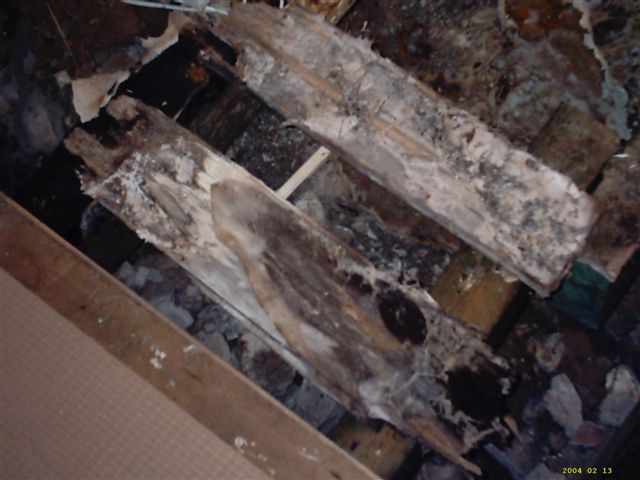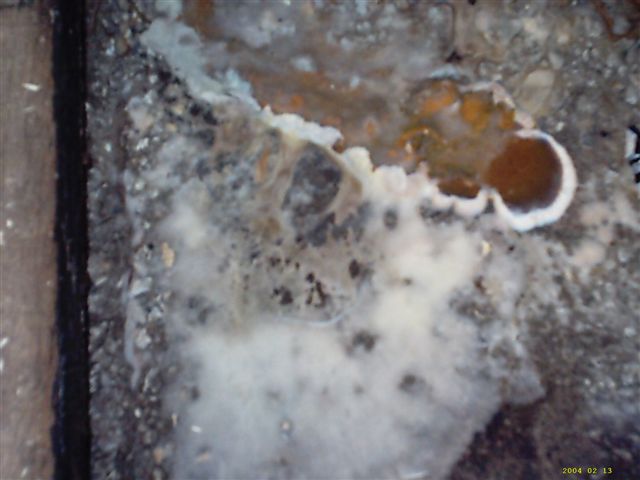
© 2004 This site is owned and operated by MR. P. Markland of MHP Services
Contact Address:
5 Valletts South Buildings Smithills Bolton BL1 6DS
|
Contact Numbers:
Telephone: 01204 495313
Fax: 01204 495313
Mobile: 07970 666991 |
Dry Rot



MHP Services offers a full range of services from surveys to treatment to eradicate the fungus dry rot (Serpula lacrymans).Listed below is some information about the subject of dry rot. Please contact us on the numbers to the left or via email with regard to quotations, surveys and treatment of dry rot.
Dry Rot ( Serpula lacrymans, )
Despite its name, dry rot is anything but dry. With a very grand Latin name of Serpula lacrymans, it is the cause of major decay in buildings causing extensive damage. Described as a brown rot, it most often occurs in damp timber which is in contact with, or embedded in, wet brickwork or masonry. The fungus is very sensitive to temperatures of over 25 degrees centigrade especially in drying conditions. Exposed timbers and timbers where there is good ventilation are rarely affected.
Damaged timber takes on a very dull brown colour, mostly developing deep cracks along and across the grain. The timber loses weight as it loses moisture and will crumble between the fingers. Unlike some wet rots, there is no hardened surface to disguise this drying out as the whole section of timber is affected,
The dry rot is a fungus, developing a fruit body at the source of its damp home. The fruit body is normally found on timber attached or at least in contact with masonry, where damp conditions can prevail. The body is quite tough and fleshy to feel, and develops a pancake like shape. The centre is a yellow ochre when it is young and this develops to a deep rust colour when it is allowed to grow. The deepening in colour is a result of the fine, brown spores it produces which are generally gathered in a dust below the body. The edges of the fruit body will be white or grey...This fruit body may be the first sign of dry rot.
Named "dry rot" because of its apparent ability to grow in dry areas, this clever fungus has developed the ability to soak up moisture from timber, totally drying it out, and then develop strands which can travel across and through bricks and mortar to other timbers in unventilated conditions. It cannot feed on the masonry but carries the moisture with it in the strands to allow it to spread.
Treatment
It is vital to carry out an extensive survey to find the extent to which this rot has travelled. Eliminating one area will not stop the fungus travelling to other parts of the home and it all has to be destroyed. The survey must include an assessment of the damage, as timbers subject to dry rot must be replaced. The source of the moisture must be located and remedied.
All of the property must be dried rapidly, introduce space heaters if necessary. Remove all rotten wood including all wood at least 400mm away from the last evidence of rot.
Where the drying out may be delayed, in brickwork or not easily accessible areas, the surface must be treated using an appropriate preservative after removal of plaster and other affected surfaces.
Replace rotten timbers with treated timber, and treat all remaining timbers with at least two coats of preservative.
Make sure ventilation is introduced to all areas which could possibly be affected. Roof voids, under floor voids. If ventilation is not possible, membranes or barriers must be introduced between brickwork and timbers. Remove all affected materials from site.
Other Sites